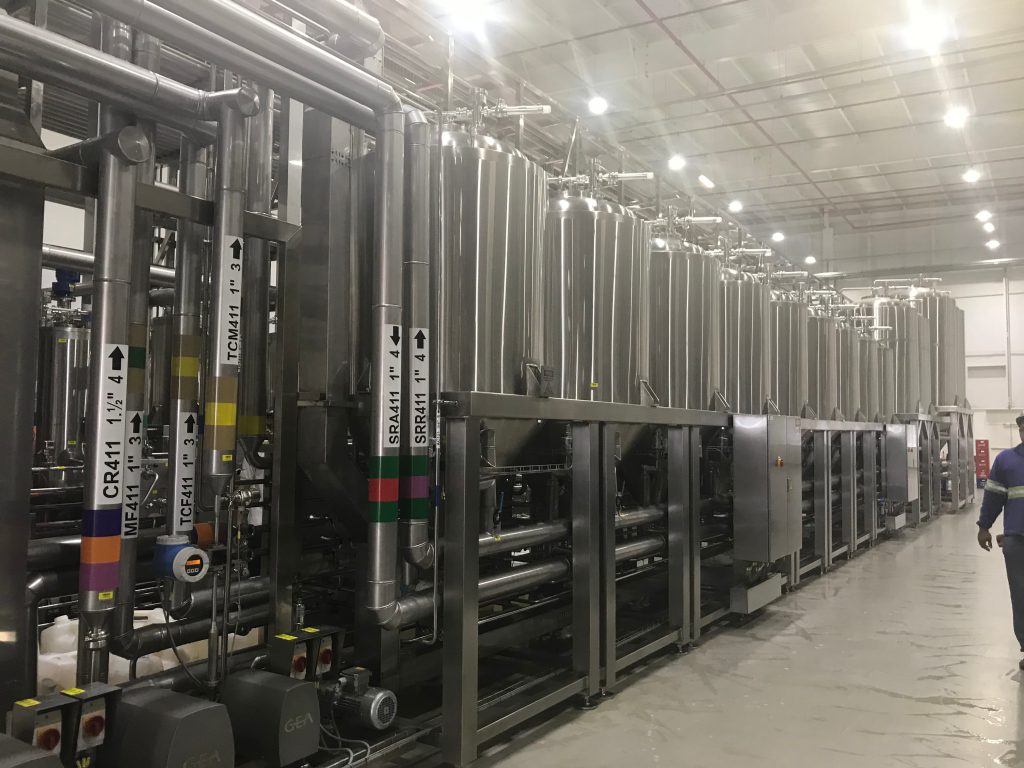Introduction

The craft beer industry has experienced exponential growth in recent years, with breweries constantly searching for ways to enhance their production processes. At the heart of this innovation are beer brewing tanks, which have evolved significantly to meet the demands of modern brewers. This article delves into the latest advancements in beer brewing tank designs, highlighting how these innovations impact efficiency, quality, and sustainability.
The Evolution of Beer Brewing Tanks
Historical Overview
Beer brewing tanks have come a long way from traditional wooden barrels to modern stainless steel vessels. The introduction of stainless steel in the mid-20th century revolutionized brewing by providing durability, ease of cleaning, and superior temperature control. As the craft beer movement gained momentum, brewers began to seek more specialized equipment tailored to their unique brewing styles.
Current Innovations
Recent advancements in beer brewing tank design focus on efficiency, space-saving solutions, and enhanced brewing capabilities. Features like conical bottoms, insulated walls, and integrated heating systems have become standard in new models. These innovations not only optimize fermentation but also reduce energy consumption.
Key Features of Modern Beer Brewing Tanks
Conical Bottoms
Conical bottoms facilitate the collection of yeast, making it easier to harvest and reuse. This design minimizes sediment and enhances clarity, leading to a better final product. The conical shape also allows for more efficient draining and cleaning.
Insulated Walls
Insulation plays a crucial role in temperature control. Modern beer brewing tanks often feature double-walled construction filled with insulation material to maintain stable fermentation temperatures. This reduces energy costs and improves beer quality.
Integrated Heating and Cooling Systems
Innovative tanks now include built-in heating and cooling systems that allow for precise temperature management during fermentation. This feature is essential for producing various beer styles, each requiring specific temperature profiles.
The Impact of Technology on Brewing Efficiency
Automation and Monitoring
The integration of technology in beer brewing tanks has transformed the brewing process. Many tanks now come equipped with sensors and automation systems that monitor temperature, pressure, and fermentation stages. This data allows brewers to make real-time adjustments, improving efficiency and consistency.
Data-Driven Brewing
With advancements in data analytics, breweries can analyze fermentation data to refine recipes and processes. This results in a more precise brewing approach, ultimately leading to higher quality beers.
| Feature | Benefits | Examples |
|---|---|---|
| Conical Bottoms | Easy yeast collection, improved clarity | Various craft breweries |
| Insulated Walls | Enhanced temperature control, energy savings | Large-scale operations |
| Integrated Heating/Cooling | Precise fermentation management | Microbreweries |
| Automation & Monitoring | Real-time adjustments, improved consistency | Tech-savvy breweries |
Sustainability in Beer Brewing Tanks
Eco-Friendly Materials
Sustainability has become a priority in brewing equipment design. Many manufacturers are now using eco-friendly materials, such as recycled stainless steel, to reduce their environmental impact. This shift not only helps the planet but also appeals to environmentally conscious consumers.
Water and Energy Conservation
Innovative designs also focus on reducing water and energy usage. Efficient cleaning systems and heat recovery methods allow breweries to minimize waste. These practices contribute to a more sustainable brewing process, aligning with the values of many craft beer consumers.
Case Studies: Innovative Brewing Tank Designs
BrewTech’s Smart Brewing Tanks
BrewTech has introduced a line of smart brewing tanks equipped with IoT technology. These tanks allow brewers to monitor and control fermentation remotely via a mobile app. The integration of smart technology has resulted in significant improvements in brewing efficiency.
EcoBrews’ Sustainable Tanks
EcoBrews has made headlines with its use of biodegradable materials in their brewing tanks. These tanks not only perform well but also appeal to eco-conscious breweries looking to reduce their carbon footprint.
The Future of Beer Brewing Tanks

Trends to Watch
As the brewing industry continues to grow, several trends are expected to shape the future of beer brewing tanks. These include:
- Increased Automation: More breweries will adopt fully automated systems to streamline their operations.
- Modular Designs: The demand for flexible brewing solutions will lead to the development of modular tanks that can be easily expanded.
- Enhanced Energy Efficiency: Future designs will likely focus on even greater energy savings and sustainability practices.
Challenges Ahead
While innovation is key, challenges such as rising material costs and regulatory compliance will need to be addressed. Manufacturers must balance cost with the need for advanced technology and sustainable practices.
Conclusion
The beer brewing tank is an essential piece of equipment that has evolved dramatically to meet the needs of modern brewers. From conical bottoms and integrated heating systems to eco-friendly materials and automation, innovative designs are shaping the future of brewing. As breweries continue to explore these advancements, the quality and variety of craft beer will only continue to flourish.
FAQ
What is a beer brewing tank?
A beer brewing tank is a vessel used for the fermentation and storage of beer. It is designed to optimize the brewing process and improve beer quality.
Why are conical bottoms important?
Conical bottoms facilitate easier yeast harvesting and minimize sediment, leading to clearer beer.
How do integrated heating and cooling systems work?
These systems allow brewers to precisely control fermentation temperatures, crucial for producing specific beer styles.
What materials are modern brewing tanks made from?
Most modern brewing tanks are made from stainless steel due to its durability, ease of cleaning, and resistance to corrosion.
How do innovative brewing tanks contribute to sustainability?
By using eco-friendly materials and energy-efficient designs, modern brewing tanks help reduce water and energy consumption, aligning with sustainability goals.

